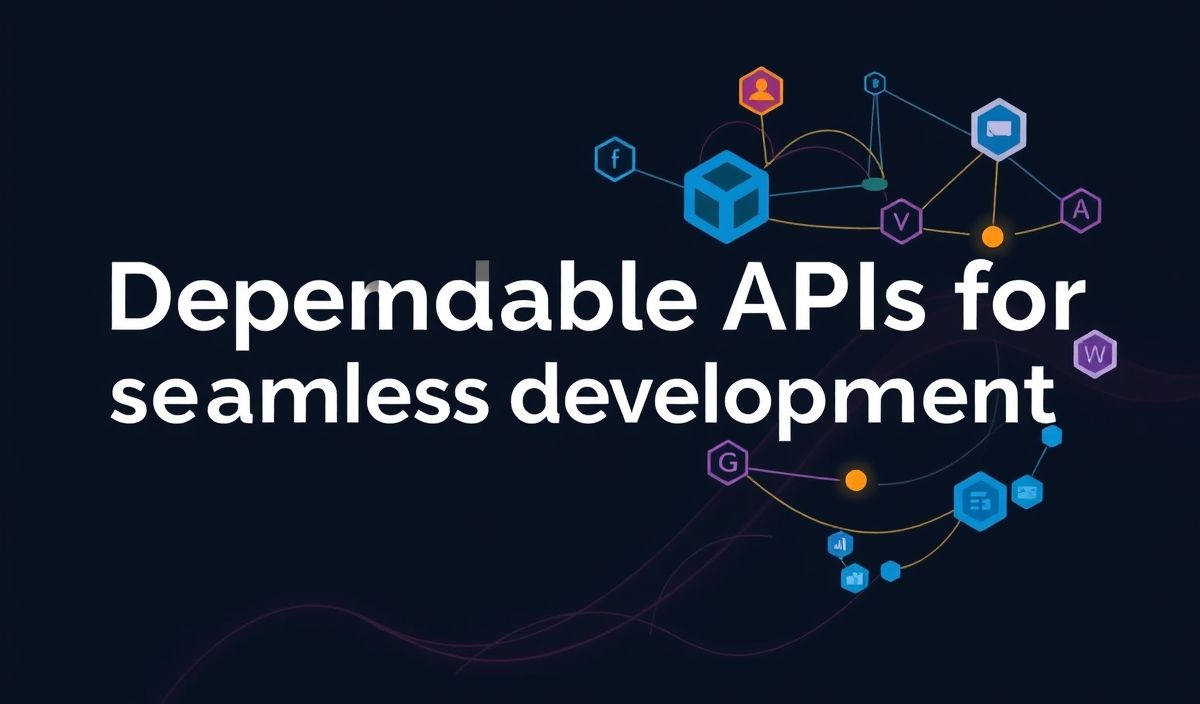Introduction to Dependable
Dependable is a robust and versatile library that helps developers manage dependencies seamlessly. It offers dozens of useful APIs that make the process of dependency management simpler and more efficient. In this guide, we’ll explore several dependable APIs, complete with explanations and code snippets, to help you integrate this library into your projects with ease.
API Examples
1. Adding a Dependency
To add a dependency, use the add_dependency method:
dependable.add_dependency('library_name', 'version')
2. Removing a Dependency
To remove an existing dependency, use the remove_dependency method:
dependable.remove_dependency('library_name')
3. Listing All Dependencies
To list all current dependencies, use the list_dependencies method:
dependencies = dependable.list_dependencies()
for dep in dependencies:
print(f"Name: {dep['name']}, Version: {dep['version']}")
4. Checking for Updates
To check if any dependencies have updates available, use the check_for_updates method:
updates = dependable.check_for_updates()
if updates:
for update in updates:
print(f"Update available for {update['name']} to version {update['new_version']}")
else:
print("All dependencies are up to date.")
5. Updating a Dependency
To update a dependency to its latest version, use the update_dependency method:
dependable.update_dependency('library_name')
6. Locking Dependency Versions
To lock dependency versions to ensure a consistent development environment, use the lock_dependencies method:
dependable.lock_dependencies()
7. Loading a Dependency File
To load dependencies from a file, use the load_dependency_file method:
dependable.load_dependency_file('path/to/dependency_file.json')
8. Saving a Dependency File
To save current dependencies to a file, use the save_dependency_file method:
dependable.save_dependency_file('path/to/dependency_file.json')
App Example Using Dependable APIs
Let’s create a small application to demonstrate how we can use the dependable APIs to manage its dependencies.
import dependable
import my_app_library
def setup_dependencies():
dependable.add_dependency('requests', '2.25.1')
dependable.add_dependency('numpy', '1.20.0')
dependable.save_dependency_file('dependencies.json')
def run_app():
dependencies = dependable.list_dependencies()
for dep in dependencies:
print(f"Using {dep['name']} version {dep['version']}")
# Initialize and run the application
app = my_app_library.initialize()
app.run()
if __name__ == "__main__":
setup_dependencies()
run_app()
By utilizing the dependable APIs, we can easily manage the dependencies for our application, ensuring that our development environment is consistent and up-to-date.
Conclusion
Dependable is an essential tool for any developer looking to simplify their dependency management process. With its powerful APIs and intuitive methods, managing dependencies becomes a breeze. We hope this guide has provided you with the knowledge and confidence to integrate dependable into your future projects.
Hash: 1a035594e4f52fd69bcb9066e66d50fe12bac8d1d0aa01e32f6944291b99742d




